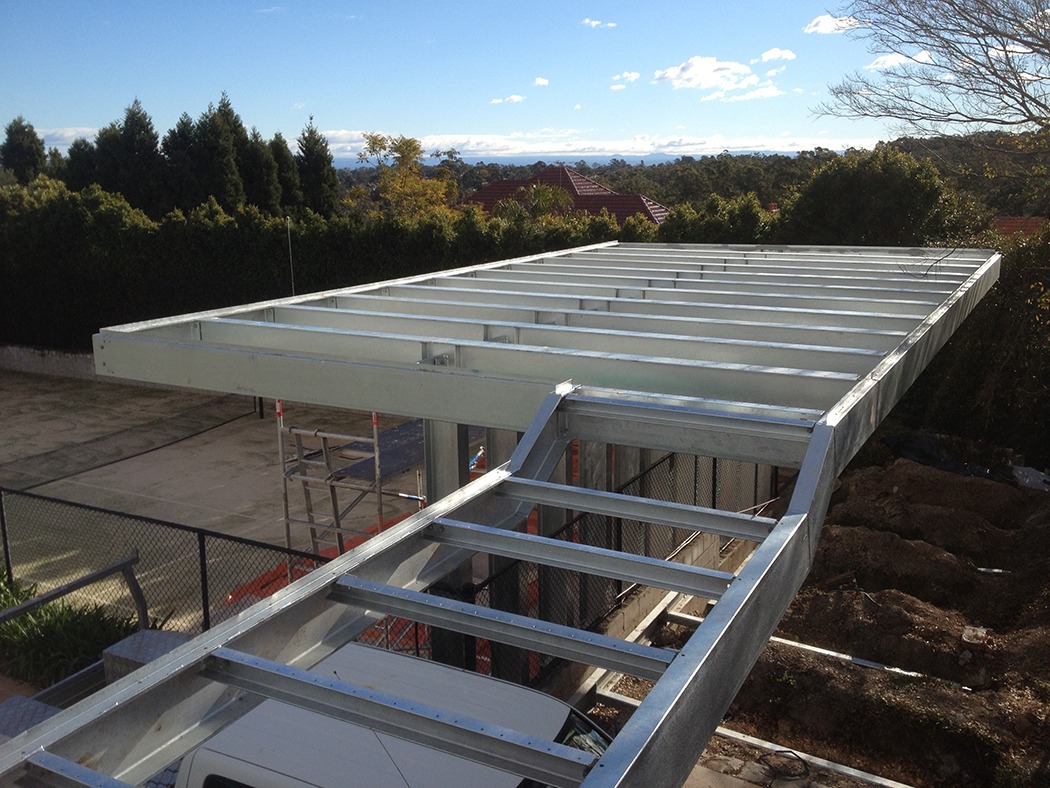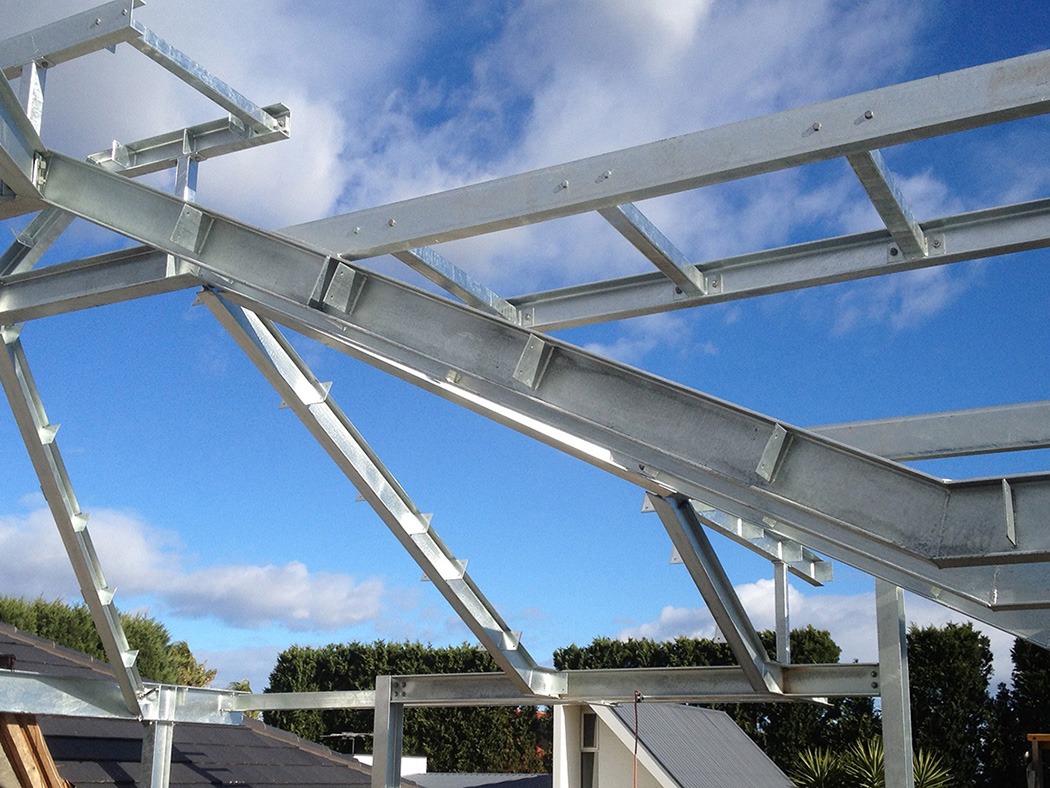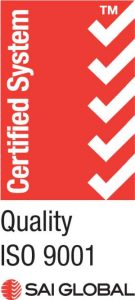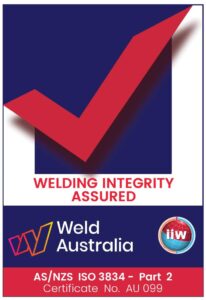Table of Contents
Disposable Masks vs PAPR respirators for welding and cutting processes
When asking ‘what is the best respirator for welding and metal cutting?’ a number of factors need to be considered. But first we’ll give a bit of background. The fumes given off during welding or a hot cutting process is a varying mixture of airborne gases and very fine particles. Respirators protect from welding fumes which are formed when the metal is heated above its boiling point and vapours condense in the atmosphere creating very fine, solid particulates. These particulates can be a mixture of metallic oxides, silicates and fluorides. If inhaled, they may cause ill health and are often dismissed or not correctly protected against. Welding fumes are recognised internationally and are classified as a possibly carcinogenic to humans should we be exposed to them for long or even regular short periods of time. It is also generally accepted that stainless steel fumes are more hazardous than that of mild (carbon) steel fume due to the higher chromium and nickel contents found within them. Greater caution should always be taken when welding or hot cutting stainless steel materials, the fume and particulates generated can contain nickel and hexavalent chromium. If inhaled these particulates can be a possible cause of lung disease, together with an increased risk of illnesses such as asthma and cancer. It is highly recommended that some form of respiratory protection is used during any welding or hot cutting process, but which type should be used?
What is fit testing?

On face value, disposable masks can be a relatively cheap option and will offer the wearer some reasonable protection when used for shorter periods of time. Some manufactures recommend that a disposable mask should only be used for a maximum of 8 hours, but this could be less depending on the working environment. Disposable masks should always be properly ‘fitted’ to the wearer using it, however due to the different shapes and sizes of the face, one type of disposable mask may not necessarily fit all.
Inadequate fitting could significantly reduce the protection required for the wearers application, any reduction in protection through incorrect fitting of the mask could put the wearer’s long-term health at risk. All wearers of any disposable or tight-fitting facepiece masks should have undergone a fit test. Fit testing is required by law in many countries and in the UK, it’s required in accordance with the requirements of the Control of Substances Hazardous to Health regulations (COSHH). Should the wearer of the mask have any facial hair, such as stubble, beards, moustaches, sideburns then a fit test cannot be conducted, it could seriously affect the seal required between the respirator and skins surface. Also, additional fit tests will be required should the wearer’s appearance alter in any way, such as weight change or facial changes around the area of the masks face seal.
A quality disposable welding fume respirator should offer FFP3 protection and should ideally have an activated carbon layer filter, designed to give relief against nuisance ozone gas odours generated by the MIG, TIG and ARC welding process. This type of mask would typically cost around £4.80 each. and based on the wearer using a minimum of one mask per day, working five days per week over forty-eight weeks per year, the approximate cost for masks would be around £1152.00 per year, per wearer.
What is a PAPR?
Powered Air-Purifying Respirators (PAPR) are a popular alternative to disposable masks for protecting against particulates such as Zinc Oxide (Galvanized Steel), Manganese, Aluminium, Nickel, Iron Oxide, Copper, Hexavalent Chromium (Stainless Steel), Cadmium, Lead and Beryllium, which are often found during a welding or hot cutting processes. Using the appropriate filters PAPR systems are designed to protect the wearer by filtering out the harmful contaminants and odours in the surrounding air. The HEPA filters generally used in a PAPR blower unit can filter out up to 99.8 % of the particulates, then using a battery-operated blower the clean air is delivered to the wearers tight-fitting respirator, loose-fitting hood, grinding or welding helmet. Should the PAPR unit be used in conjunction with a tight-fitting facepiece, it is still a requirement that a fit test needs to be carried out. Due to the positive air flow pressure being created whist using loose-fitting head tops, grinding and welding helmets, a face fit test is not required. A PAPR system can also help to maintain productivity levels as they use suction instead of lung power to pull air through the filter, this helps the wearer to breath more naturally with less effort. PAPR systems can also help the wearer stay cool in hot humid conditions, this can help increase productivity levels by reducing the wearers fatigue levels. Unlike with disposable and tight- fitting masks loose fitting head tops and helmets can also accommodate beards, heavy sideburns and limited facial hair simplifying protection for more wearers and ensuring maximum protection.

Are all PAPR systems the same?
The test results below came from a comparison test carried out over an eight-week period in a large busy fabrication shop. The objective was to establish if there would be any difference in overall running costs between a lower cost PAPR system, compared to that of one of the more expensive market leaders.
The number of filters used on the lower cost PAPR system during the eight-week trial period was three (during the trial one filter supplied was faulty and it was sent back for full credit, we did not include this in the costings) This gave us an average of one filter every 2.66 weeks. The estimated filter usage per year over forty-eight weeks would be 18.04 filters per year. Typical cost of the replacement filters was £14.93 each, the estimated yearly filter cost would be £269.33 per PAPR unit.
The number of filters & pre-filters used by one of the market leading PAPR system during the same eight-week test period, was one main filter and two pre-filters. This gave us an estimated filter usage over forty- eight weeks, of six main filters and twelve pre-filters. Typical cost of the main filters would be £24.33 each and then £2.01 each for the pre-filters. The estimated filter and pre-filter costs for the forty-eight-week year would be £170.10 per PAPR unit.
Difference between budget & advanced PAPR systems
The difference in the initial outlay between the two PAPR systems would be paid back in pre-filter & main filter savings, during the 36-month warranty period offered on the premium PAPR systems.
A PAPR system used in the right application will deliver significant savings and give greater wearer protection and comfort when compared to a disposable mask. When compared to each other, some PAPR systems can also deliver considerable savings on the ongoing consumable costs and will also deliver greater levels of wearer protection and comfort. The Optrel e3000 PAPR is one such unit and offers features and benefits that most other PAPR units on the market do not, some of the features include:
- An integrated flow sensor performs an automatic air flow check during start-up, this negates the necessity for a manual air flow check procedure which is needed on most competitors’ PAPR systems whenever they are used.
- Unlike other PAPR units available the Optrel e3000 detects if the unit is being operated without the main filter fitted, if it is used then the audible alarm sounds, the unit will automatically stop working for enhanced wearer safety!
- The e3000 allows the wearer to choose from three different airflow levels, the 250 l/min. setting delivers greater comfort and reduced operator fatigue in high temperature environments, most PAPR systems on the market offer only two settings.
- 40% longer run time can be achieved from the high-performance lithium ion batteries. The standard battery can deliver between 6 and 10 hours runtime across the three different airflow settings, this in turn helps to reduce the amount of battery charges and less battery changes.
- Sensitive and sophisticated audible and optical alarm settings help provide the highest levels of protection for the wearer. These include low battery, very low battery, clogged main filter or pre-filter warning and any other flow rate issues.
- The e3000 PAPR unit used in conjunction with Optrel welding helmets and grinding visors deliver TH3 protection. The number defines the level of protection, with a maximum of 0.2% ingress within the European standard EN 1294, more than 99.8 % of particles are blocked.
- Efficient prefilter usage combined with a maximised main particle filter area of 1m2, helps to drastically reduce the amount of main filter changes and wearer down time. This ensures the lowest consumption of consumables in turn helping to lower the total cost of ownership.
What are the benefits of using Optrel E3000 PAPR Head Tops?
The Optrel E3000 PAPR head tops also have many features and benefits when compared to other brands on the market. They are lightweight with an ergonomic design with optimum balance, ensuring minimum strain and load to the wearers neck and back. The tilt adjustment helps to control the distance between the helmet and the face, which gives extended protection from harmful rays to the region around the neck and ears. They are also made from a high quality heat resistant material and finished with a specially developed metallic paint coating. This is designed to help reflect heat and reduce the temperature inside the helmet by up to 15%. The curved edges on the head tops help to deflect welding fumes and particulates around and away from the wearer. Whilst the seal on the convex shaped front cover lens prevents ingress of gas, fumes, dust and grinding particles for greater wearer safety.
- The latest range of Optrel PAPR welding and grinding head tops have a sophisticated inner mask. This is designed to allow the wearer to evenly distribute the air flow for the most convenient cooling effect. In warmer conditions 20% of the air flow can be re-directed from the mouth and up to the forehead region, keeping the wearer cooler and less fatigued.
- The curved design of the head tops does not only help to steer welding fumes and particulates away from the wearer, ensuring the sparks and molten metal are deflected away from the cover lens and wearer whilst welding in the overhead position.
The ADF lenses fitted in the Optrel welding helmets also offer some great benefits which are not included in most competitor’s helmets but off the wearer greater comfort and safety.
- The Optrel Vegaview 2.5 and Panoramaxx opens a whole new visual experience for the wearer when in light state. With a much brighter view, it improves the visibility of the welder’s environment by 400% which increases both safety and efficiency in the workplace.

- The Optrel exclusive Adaptive Shade Autopilot automatically adjusts to the appropriate shade level as you weld. Manual adjustment is no longer necessary, but it is available at the push of a button whenever you may want it. The Optrel Liteflip Autopilot automatically adjusts to changing light levels ensuring the correct shade level from 1 / 4 / 5 to 14 is selected. An additional brightness sensor immediately detects changes in arc intensity and adjusts the shade accordingly ensuring the eyes remain perfectly protected, regardless of your welding parameters.
- A specially developed UV/IR filter allows the realistic colour perception typical of Optrel, bringing colour to the welder’s world. The special developed UV-/IR- filter gives a much clear view of the weld pool helping to reduce weld defects.
- The delay function helps to reduce discomfort to the eyes at the end of the welding process, when the weld material continues to glow. If the helmet quickly switches from dark to light after a long period of welding, the welder can be briefly dazzled. The welder can use the delay function to delay the ADF from opening, improving operating comfort.

- In addition to the delay function, Optrel ADF lenses also offer the patented twilight function which opens the ADF more slowly from dark to light state. Unlike other ADF lenses that rapidly return to light, the twilight ADF technology restores light more naturally, presenting a smooth transition to the eyes. This exclusive groundbreaking technology reduces eye fatigue on welders who are continuously welding, offering greater safety and comfort.
- ADF unintentionally reacts to the welding arc of another welder nearby. Optrel has the solution. By using the patented Optrel sensor slide, the sensor angle can be reduced from 120° to 60°. This prevents a reaction of the ADF to welding processes in the environment of the welder.

- The Panoramaxx welding helmet also marks the launch of Optrel’s unique new power system. Featuring a lithium-polymer power pack in combination with high-performance solar cells and an external USB charging option, no more changing of ADF lens batteries is required. The Panoramaxx is the energy independent, maintenance free choice for professional welders.
What Do Steel Fabricators Do?
Revered for its strength, versatility and value, steel and its derivatives has been one of the most widely used materials in construction (among other industries) for centuries. However, the implementation of steel in building would not be possible without the involvement of steel fabricators. What do steel fabricators do? Let’s take a look.

Any industry that deals with metal requires fabrication, and without the work of steel fabricators, the implementation of steel would not not be possible. Here’s a rundown of what fabricators do.
The Craft of Steel Fabricators
In essence, steel fabricators use a variety of techniques to turn basic steel sections into predefined shapes, ready to be implemented in construction. Fabricators work closely alongside steel detailers and drafters, who provide detailed drawings and designs which fabricators essentially bring to life. This requires a keen eye for details, an array of tools and techniques, and an extensive knowledge on the properties of steel. Steel products need to arrive on site ready to install and thus need to be manufactured with complete precision by the steel fabricator.
Steel Fabrication Processes
The processes that steel fabricators use have come a long way since steel was first harnessed for mass production in the 17th century. This is due mostly to huge advances in computer technology such as Computer Numerical Control (CNC) systems which monitor and control the movement of machines that fabricators use such as routers, welders and laser cutters. 3D modelling has also made it easier to visualise even the most complex components.
Here are some common manipulation techniques used by steel fabricators:
Shot blasting
Shot blasting is the process of blasting steel sections with shot (small steel beads) in order to remove any impurities, preparing the metal for fabrication. The main reason shot blasting is necessary is to provide a clean finish that will be easy to weld as well as a rough surface that will accept paint. It is a crucial technique in a variety of industries including construction, auto and shipbuilding and the production of various steel structures like pipelines, silos and tanks.
Fairly self-explanatory, steel cutting in the process of cutting up steel sections prior to fabrication so that they are easier to work with, or cut down to size for custom purposes. Steel sections are cut using a number of techniques including flame cutting, plasma cutting and cutting with a circular saw.
Bending
Modern applications of steel in modern architecture and construction require more intricate steel shapes and elements. Fabricators can achieve this by using a number of tools and techniques. A common example is to pass a steel section through a roll bender numerous times until the required arc is achieved. Press braking can be used for more straightforward bends involving lengths of steel up to 12 metres long.
Welding
Steel fabricators are master welders. Welding employs high heat to melt the parent material with whatever is being attached. When the weld pool solidifies the two materials then are fused together. It is a technique that is ubiquitous in steel fabrication.
Coating
Steel often requires coating for both practical and aesthetic purposes. Galvanisation, which is the process of coating the steel surface with zinc to hinder corrosion, is a common process. Custom colours and looks may also be requested by an architect which requires coating with paint. This usually happens at the end of the fabrication process.

Who Uses Steel Fabricators?
Any industry that uses metal will no doubt require the services of a steel fabricator. Common industries that require steel fabrication:
• Construction
• Shipbuilding
• Auto manufacturing
• Mining
• Civil infrastructure
The following are just some of the many products that are commonly fabricated:
• Universal beams
• Universal columns
• Bar joists
• Platforms
• Ladders
• Pipe racks
• Trusses
• Grating
• Skids
• Custom steel projects
If you are in need of quality steel fabrication contact Steel Fabrication Services today. Our team of experienced and knowledgeable professionals will ensure that whatever you need will be fabricated to the highest standards, according to your specifications, and delivered when you want and need it.
A similar blog post we wrote:
Metal Fabrication Methods & Techniques used in Melbourne
Australian General Engineering is a Melbourne based General Engineering business that provides a comprehensive range of complete sheet metal fabrication Services

